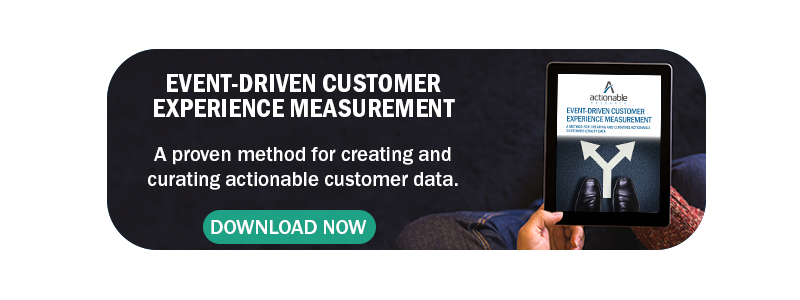Defining Behavioral Segmentations
Behavioral and transactional segmentation looks at the habits of your customers to determine useful groupings which may then be used for other purposes, including tracking and messaging.
These behaviors and transactions may be determined by many factors, including any of the following:
- What kind of product/service does the customer purchase?
- How often do they purchase this product/service?
- Where do they get this product/service from?
- How loyal are they to a brand/provider?
- What is their likelihood for switching brands/providers?
Through answers to questions like these, behavioral segmentation finds groupings specific to customers of that particular product or service. These groupings may reveal an audience who specifically seek out products or services at a marketplace or based on online recommendations. Having knowledge of customers’ typical behaviors allows a company to seek out potential customers based on their common transactions.
Examples and Uses of Behavioral Segmentations
Most of us (especially those who don’t live in big cities with prominent access to public transportation) need car insurance. Even if you don’t move your vehicle, you’re required to have some sort of insurance coverage for it in most states. Based on typical transaction processes, it’s safe to say there are likely the following groupings of car insurance shoppers:
- The Investigators – Searches for the best insurance rates every 6 months in time for renewal
- The Turtles – Probably believe in the philosophy “slow and steady wins the race”. Always loyal to their provider even if their current price isn’t the lowest.
- Six-month stretchers – Prefer to pay for their coverage in one go.
- Once-a-month payers – Make monthly payments at a slightly higher rate to continue their coverage.
Another product common to most of us in America today is some variety of mobile technology. Even with basic phones giving way to smart phones of every color, size and capability, it’s pretty uncommon nowadays to find a person who opts out of the tech entirely. When it comes to mobile technology, you may fall into one of the following transactional groupings:
- The tech fanatic – Purchases the latest gadget the day it comes out.
- The contractor – Purchases new mobile products based on the time frames of their contracts with their mobile provider.
- The reluctant adapter – Only updates when their technology ages out.
Limitations of Behavioral Segmentations
Behavioral segmentation is focused on transactions, and transactions alone. When you read the examples above, you probably attributed a reason to each of these, or maybe you wondered why someone would fall in each category. That’s the limitation of behavioral segmentation. The “why” behind each transaction is actually tied to attitudinal and needs-based segmentations. This is a great example of why most segmentations are developed simultaneously along with other types of segmentation research.
The Perfect Cocktail of Segmentations
If tied with attitudinal segmentation, groupings would be based on both transactions and the motivations behind them. When tied with geographic segmentation, you may find that customers in certain regions are driven to purchase in specific ways based on their locations.
Behavioral Segmentations That’s Actionable
Finding that perfect cocktail of segmentations is a specialty of Actionable Research. We’re a problem-solving research firm focused both on consultancy and execution; we love when a potential client comes to us to say “we need this information” or “we’re hoping to find out X” – we will design the optimal method for gleaning the desired information and then carry out the research itself, ultimately providing our clients with actionable data to meet their objectives. If you’re looking for suggestions on how to approach your next research project, contact us today to set up a call with our researchers.



